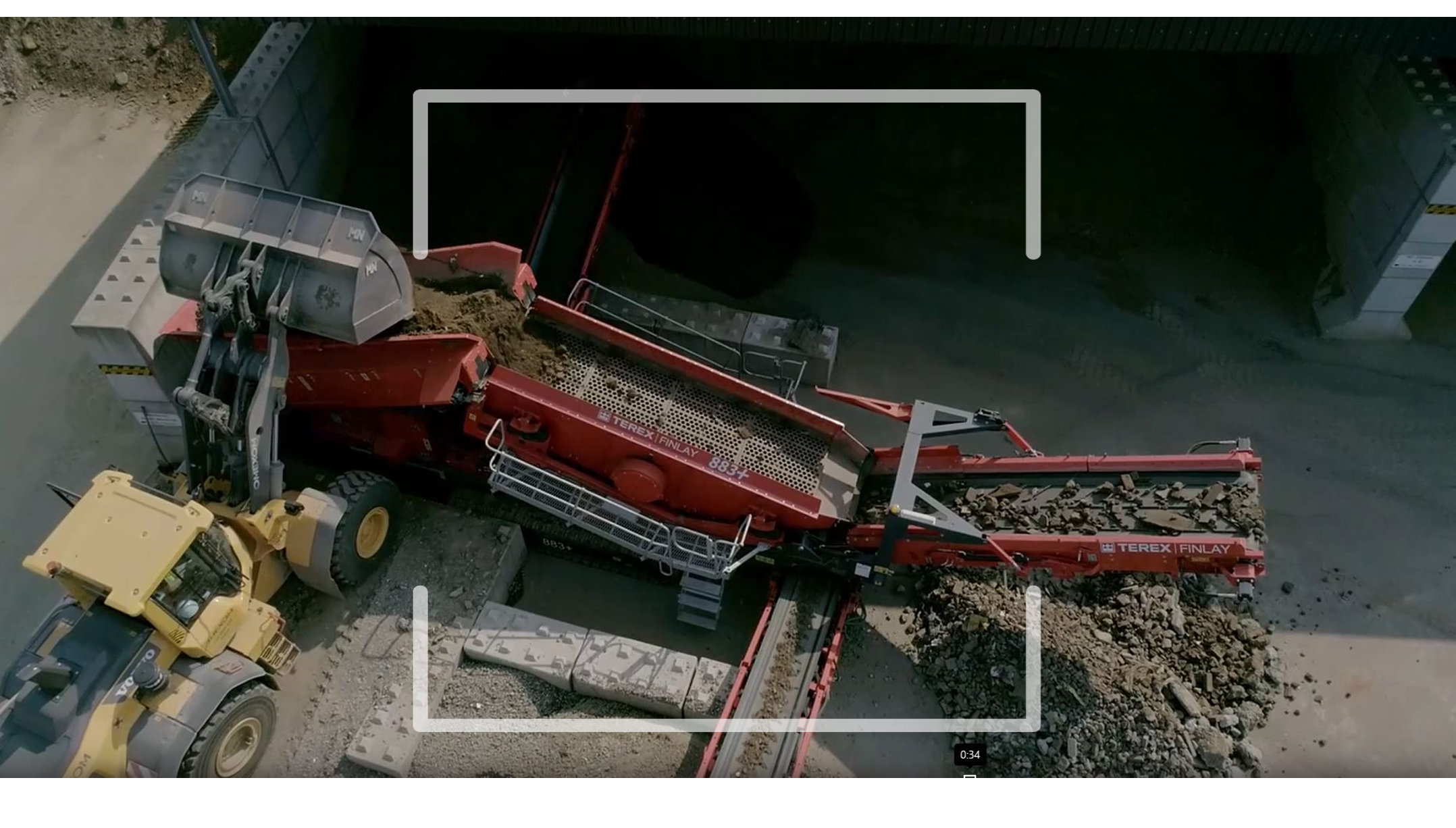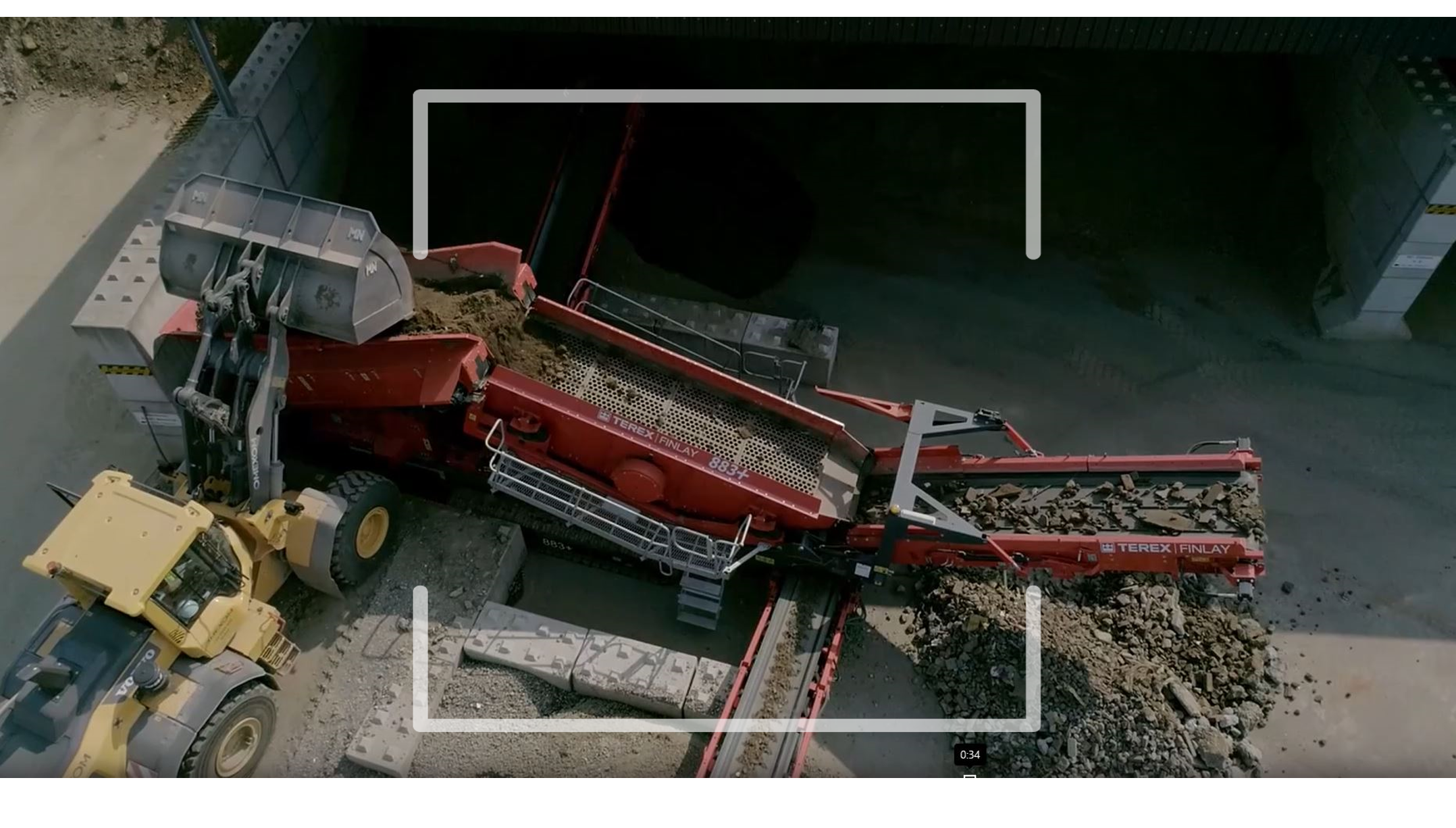Episode 4 – Omexom Green Story: Recycle and reuse

In this fourth episode, we take a look at an initiative launched in one of our Omexom Business Units in Germany: the recycling of construction waste and its use in road construction. This initiative won the Evolution of practices prize in the circular economy category at the regional VINCI Environment Awards. Take a look at this initiative!
Following the German environmental law and going further
Germany has a law on the circular economy. At national level, this law is an integral part of the Waste Framework Directive, including waste prevention and recycling.
The recycling of construction waste should not only be about recycling materials. It should also reduce unnecessary travel, such as the delivery of construction materials not related to the site, and thus avoid further unnecessary CO₂ emissions.

Thereby we transform the construction waste and road rubble into recycled construction material that is reused in civil engineering works.
Helmut Rieder
Omexom Business Unit Manager in Germany
This initiative, which can easily be replicated by other business units and in other countries, won the Evolution of Practices Prize in the circular economy category at the regional VINCI Environment Awards.

A winning and replicable initiative
This initiative is the idea of a German Omexom Business Unit specialised in transport and recycling. The aim of the initiative is to recycle construction waste from their own activity sector into a product that can be used as Class I (best quality) recycled construction material in road construction (RC).
In this way, the waste is transformed into a new construction material, thus completely eliminating the costs associated with the waste.
And in terms of consumption? This treatment also saves the use of the exhaustible raw material (limestone), which produces considerable CO₂ emissions, especially during dismantling and transport from the extraction areas.
Thus, each year, 300 Teq CO₂ emissions are reduced thanks to this new process: avoided transportation, the non-extraction of raw materials and the reuse of waste construction as trenches material!
These processes enable us to reduce, year by year, 300 Teq CO₂ emissions when compared to the use of natural products, with rising trends.
Helmut Rieder
Omexom Business Unit Manager in Germany
An evolving initiative
The use of resources also includes their own production of sand and gravel fill. By digging themselves, they take sand and gravel from the soil while ensuring that nature is not degraded, using clean soil for backfilling and making the excavation area fully usable for agriculture after removal. In order to restore the soil structure, the company decided to grow plants.
Moreover, by using soil from the same land, biodiversity is less impacted by the earthwork and the risk of invasive species is lessened. And by not digging elsewhere for material resources and raw materials, areas are preserved from man’s harm.

